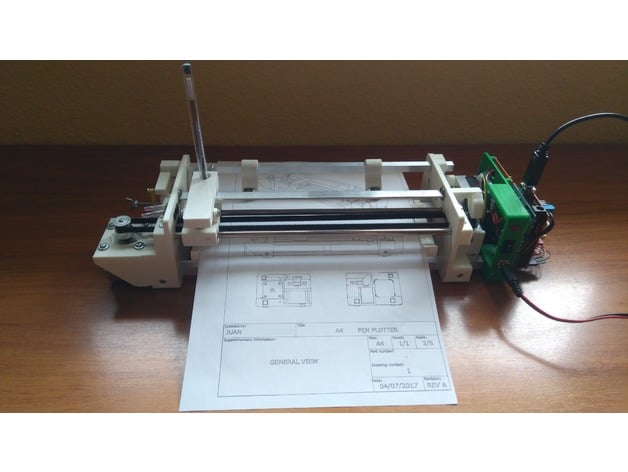A while ago, I came across this strange thing called ‘split-ring compound epicyclic/planetary gearboxes’. They seemed really nice, extremely high gear ratios in compact, stackable modules. But the already existing models were not enough. I wanted to be able to design my own, and due to the lack of information on the subject, I had to do a little research and some math. Here is most of what I would have liked to find on the first place: 1. What is a planetary gearbox? Planetary gearboxes, as their name says, resemble planets orbiting around a “sun”. They are composed of a sun gear, in the center, two or more planet gears around it -and often fitted to a carrier- and a ring/annulus gear on the outside. As an image is worth a thousand words: Source Their main feature is a high reduction ratio in a small, flat space, and also, it is easy to couple the output of one gearbox to the input of another one, getting a two or more stage gearbox with such a high reduction ratio. But where is the i...

Great design.
ReplyDeletevery good. :)
ReplyDeleteimpressionant
ReplyDeleteHi Juan, I was trying to contact you regarding this project but can't find your email.
ReplyDeleteCould you please send contact me at meana.fran(at)gmail.com?
Thanks!
Fran
on https://www.thingiverse.com/thing:2504587 to ask a quastion or
Deletehttps://www.thingiverse.com/JuanGg/about
O en español :D escribeme a meana.fran(at)gmail.com
ReplyDeleteHola Fran. Excelente proyecto. Quisiera hacer algo similar pero de corte. Puedes ayduarme? O viste algo en linea como para guiarme de ahi?
ReplyDeleteMuchas gracias!
nice
ReplyDeletePer price Kay ha
ReplyDeleteIs machine ka cost Kay ha
ReplyDeleteHola, me gustó mucho el diseño compacto, el único problema es que al tratar de acceder a los planos en Thingiverse me da acceso denegado. Debe ser por mi ubicación. ¿Pudieras compartir los planos y el código por otra vía?
ReplyDelete